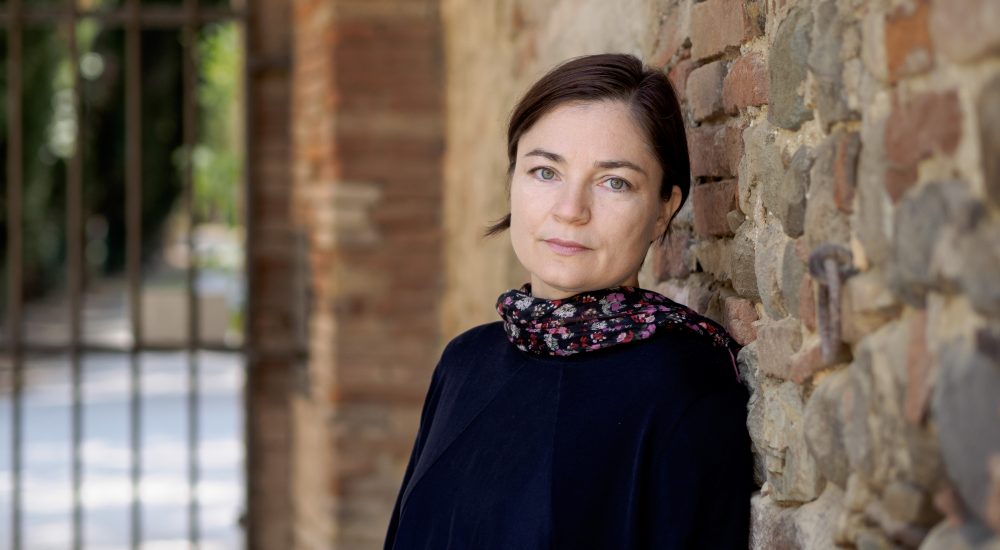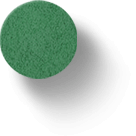
The core of the music of Estonian composer Helena Tulve (b. 1972) is characterised by constant change and processes that are closely related to the previous notion. It springs up from simple impulses and is affected by natural and organic patterns and synchronisation. No sound whatsoever is locked out and may find its right time and place in Tulve’s composition.
German musicologist Wolfgang Sandner has described Tulve’s music as follows: “One of the fine qualities of her music is that much of it works as if it were not composed, rather as if it just happened, as if the instrument were playing itself rather then being played, as if the music were emanating from a set of wind chimes. In her music forms do not jostle their way into the foreground. Their structures are like rocks or trees: everything is self-evident; much is gnarled, much is beautiful; some things are mysterious, others plain as day. It begins, it develops, and in the end it possesses consistency – in memory. Hers is a music that could be installed in a landscape. Not only would it protrude, it would be subsumed.”
Helena Tulve has co-operated with video artists, written film music and released three albums: “Sula” (“Thaw”, Estonian Radio, 2005), “Lijnen” (ECM, 2008) and “Arboles lloran por lluvia” (ECM, 2014). Her works are published by Edition Peters.



